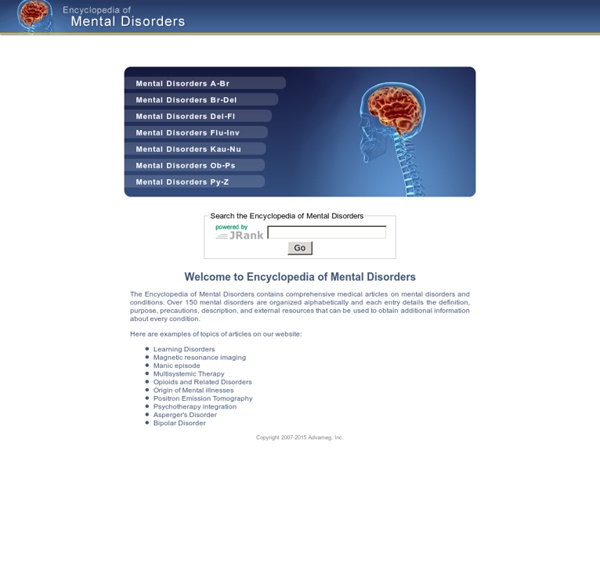



Biomedical Ephemera, or: A Frog for Your Boils biomedicalephemera: Ornithorhynchus anatinus - Detail of BillThe monotremes (egg-laying mammals) are the only mammalia with any sort of electroreception ability, and the platypus’ ability is far stronger than that of the echidna. They use neither sight nor smell while hunting for their food, which consists of small crustaceans and molluscs buried in lakes and slow-moving river bottoms. The platypus finds its food by sweeping its broad bill back and forth along the sediment, and the receptors that line the front and part of the sides of the bill pick up the electric field given off by its prey. He judges us all. Adélie penguin - Pygoscelis adeliae biomedicalephemera: Some names are better than others…The Broom rapes are members of the Orobanche genus, which is Greek for “Strangling bitter vetch”, which may or may not be better than the common name. Portraiture of Surgery Patients of Dr. Dr. Via Dangerous Minds/Atlas Obscura biomedicalephemera: My babies are back! biomedicalephemera: nemfrog:
Neuropsychology Neuropsychology is a branch of psychology and neurology that aims to understand how the structure and function of the brain relate to specific psychological processes. It is scientific in its approach and shares an information processing view of the mind with cognitive psychology and cognitive science. It is one of the more eclectic of the psychological disciplines, overlapping at times with areas such as neuroscience, philosophy (particularly philosophy of mind), neurology, psychiatry and computer science (particularly by making use of artificial neural networks). Neuropsychology is a branch of psychology and neurology that aims to understand how the structure and function of the brain relate to specific psychological processes. It is scientific in its approach and shares an information processing view of the mind with cognitive psychology and cognitive science.
Journal of Cognition and Neuroethics The Journal of Cognition and Neuroethics invites submissions that are not currently under consideration or published elsewhere, either in print or in electronic format. The JCN, at this time, can only accept completed work; the editors cannot offer feedback on work in progress. We neither encourage nor discourage potential authors to cite previously published works from the JCN in their submissions. We are especially interested in examining productive questions and controversies concerning cognition and neuroethics issues widely understood. The JCN is an anonymous peer-reviewed journal. (1) An electronic copy of the manuscript with the author's name on the title page only and no identifying information of authorship within the manuscript should be sent to anderson@cognethic.org. (2) An accompanying abstract of approximately 200 words and a list of keywords; and, (3) A cover letter containing contact information, including a mailing and an e-mail address.
Neuropsychology Review Neuropsychology Review is devoted to integrative review papers in all aspects of neuroscience contributing to a mechanistic understanding of human neuropsychology in normal and clinical populations. The journal's broad perspective is supported by an outstanding, multidisciplinary editorial board. The journal aims to publish scholarly articles that summarize and synthesize strengths and weaknesses in the literature and propose novel hypotheses, models, methods of analysis and links to other fields. Publication of new data is not the purview of the journal Topics include: explication of translational research bearing on clinical problems didactics on application of new methods and technologies to enable clinical and translational research, and critical, objective review of specific topics in neuropsychology Its refereed articles, written by international specialists, discuss complex issues, including: hide